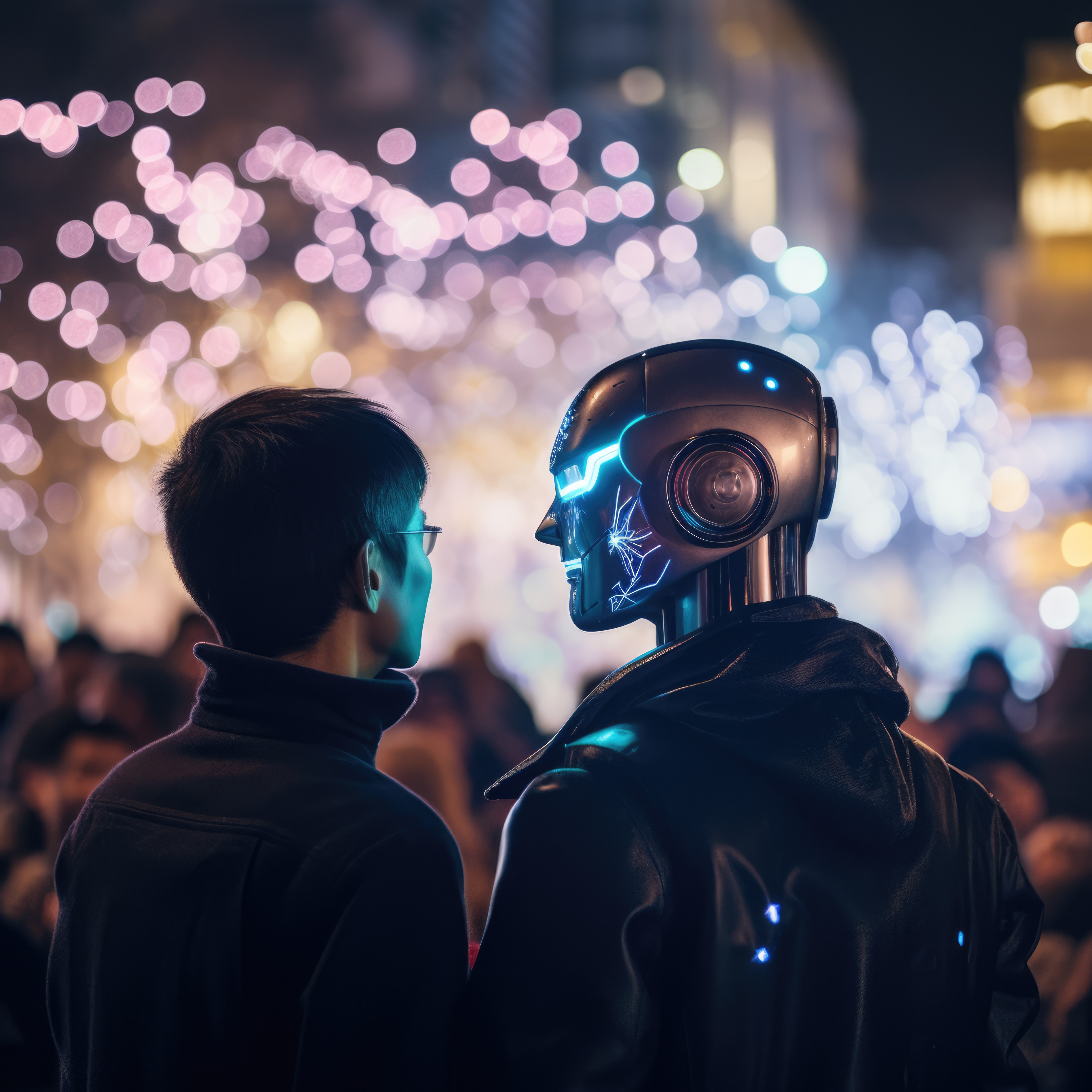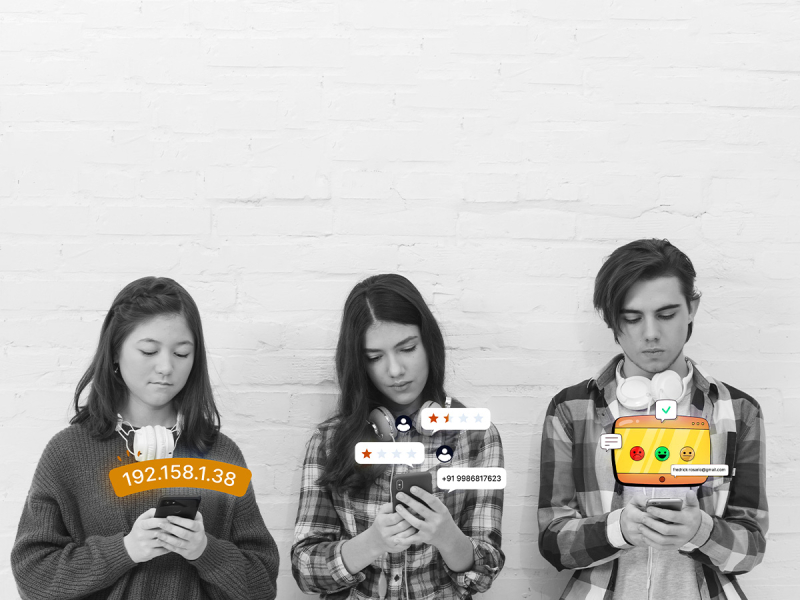The Evolution of Audience Connections in the Age of AI

Artificial Intelligence (AI) has fundamentally transformed the advertising landscape, thus enabling brands to connect with audiences with unprecedented precision and creativity. Take, for example, how Yum Foods, the owner of KFC, Pizza Hut, and Taco Bell fast food chain units in the US, used AI-driven marketing to send out personalised ads to their customers. Some customers only used to place bulk orders, like during the Super Bowl, and some regularly placed orders on the weekend; each was targeted with personal ads delivering precisely what they needed. Quoting Joe Park, the Chief Digital and Technology Officer at Yum from the Wall Street Journal,
“We delivered emails that were customised at an individual level. When we look at factors like the time of day, the day of the week, the subject line in the email, the content, and more, you can optimise that for marketing use cases like upselling, retention, referrals and even win-back strategies. “
“Compared to traditional digital marketing campaigns, they generate double-digit increases for us in consumer engagement, leading to more increased purchases. I think it’s just the early start of what it could do. “
This evolution of using AI-powered strategies is particularly evident when we consider audience targeting and engagement.
Transforming Audience Targeting & Engagement
With a suite of AI-powered marketing tools, companies like Cubera are at the forefront of this transformation, leveraging technologies such as AI cohort generation services to optimise customer engagement and ad efficiency.
Integrating AI into advertising has revolutionised how brands identify and interact with their target audiences. Traditional segmentation methods, often time-consuming, have evolved into AI-driven, real-time audience modelling. The audience segmentation is now more streamlined and less prone to errors as AI allows dynamic corrections.
AI allows marketers to make data-backed, real-time decisions, leading to higher engagement rates and optimised ad spending. AI ensures brands bid on high-value impressions, reducing wasted budget, thus resulting in an improved ROI. Predictive analysis, in fact, can help target customers before a purchase has been made.
Netflix uses AI to analyse user behaviour and suggest personalised content. This same approach is now being used in advertising by brands to leverage AI Applications and predict what content or ads will engage each user the most.
- Predictive Analytics: AI forecasts consumer behaviour, allowing brands to anticipate needs and tailor content accordingly.
- Programmatic Advertising: AI automates media buying, optimising ad placements in real-time to reach the most relevant audiences efficiently.
- Content Generation: AI-powered tools generate custom ad copy, visuals, and videos based on audience preferences.
Key Capabilities of Cubera’s AI-Powered Tools
Cubera has developed AI-driven AdTech innovations that help brands optimise their campaigns
- Cubera’s AI-powered DSP Edge automates media buying, ensuring ads reach high-intent users immediately.
- Cubera’s ad exchange Vertex facilitates real-time bidding (RTB), using AI to match advertisers with the best conversion placements.
- Cubera’s AI Cohort Generation Services builds audience segments using contextual and behavioural data instead of relying on third-party cookies.
Coca-Cola’s AI-Powered Ad Personalisation
Coca-Cola has begun to use AI extensively in their marketing. They believe that AI (Artificial Intelligence) and HI (Human Intelligence and Ingenuity) are the pathways to tomorrow. Using AI, Coca-Cola also generated a Christmas Card in 2023 for their Festive Experience. Recently, they used AI-driven audience segmentation to tailor their ad creatives to different demographics. They moved from a ‘static’ and ‘traditional’ business model to a real-time behavioural segmentation model. This resulted in a better return per dollar for the company.
To further push boundaries, Coca-Cola partnered with Snapchat’s Arcadia Creative Studio to develop an augmented reality (AR)-powered vending machine. This machine allowed users to engage in immersive, interactive experiences such as trying on virtual merchandise and exploring trending Snap AR filters. The campaign resulted in over 40 million media impressions and an average user engagement time of 90 seconds. Omnichannel AI-driven strategies, from vending machines to mobile apps and social media, created a seamless brand experience that drove customer loyalty.
Marketing done right!

The Future of AI in AdTech
The future is here. In the 90s, the introduction of the Internet posed many questions. Everyone was in a frenzy- What is the Internet? How are we going to use it? All these questions are much like how people question AI tech now. But today, we cannot function without the Internet, and soon, we won’t be able to function without AI. Ads will be AI-driven, predictive, and hyper-personalised.
Emerging trends include:
- Generative AI for Ad Creativity: AI will create ad copy, images, and videos tailored to individual users in real time.
- Multimodal AI for Cross-Channel Advertising: AI will integrate text, image, and video data to enhance ad relevance across devices.
Final Thoughts
AI is revolutionising customer engagement, audience targeting, and ad optimisation. Companies like Cubera Tech are leading the charge, offering AI-powered tools that help advertisers boost performance while staying ahead of industry changes.
Would you like to explore how AI-powered AdTech can transform your campaigns? Want to maximise ad performance with AI-driven audience segmentation? Contact Cubera for a personalised AI-powered advertising solution!

